Movement is an integral part of my music instruction. From exploring Laban efforts such as flow, weight, space, and time, to teaching folk dance to students, movement is infused into every lesson. In this post, I’m sharing how I sequence folk dance in my elementary classroom.
Before we ever begin to learn folk dances, my students have lots of opportunity to explore their bodies through movement. If you’re unsure what that may look like, please see my previous post, Using Laban Efforts in Elementary Music. It will provide you with lots of ways to get students to move THROUGH music before moving TO music.
Once my students have had opportunities to explore coordinating their bodies with movement, we begin to explore folk dance in a sequentially. For me, this looks like:
- Scattered formation dances
- Stationary dances
- Simple circle dances
- Simple partner dances
- Follow the Leader or mirroring activities or dances
- Dances in other formations (longway sets, concentric circles, square dances, etc.)
Throughout this series of blog posts, I’ll share how I sequence movement in my lessons. Is my sequence the only way to do it? No! Can you sequence dances in other ways? Absolutely! Is this right or wrong? Nope! My sequence is dependent on the students I teach, how often I see them each week, and how long I get to work with them over time. What’s most important is that you thoughtfully guide your students to move with activities and dances that build upon prior experiences to help them be successful as they dance and move.
Scattered Formation Dances
Scattered dances are simply dances where students begin in self space anywhere in the room. The only direction they must follow is to move. I think of these as movement breaks with my younger students. Opportunities to learn how to start and stop, to freeze, and to get those wiggles out. They are also opportunities to explore locomotor movement such as skipping, jumping, galloping, marching, etc. Here are some of my favorite songs or chants.
Popcorn
This chant is from the original Music Play book, published by GIA Publications. I have the students scatter around the room in self space and simply move their feet as I chant the chant. At the end, they crouch down into the tiniest shape they can make, in essence, becoming a popcorn seed. I shake a tambourine to signal that they are getting hotter and when I tap the the tambourine, they all pop into huge, puffy pieces of popcorn! Repeat over and over again and sprinkle in some rhythm patterns between each repetition or two as well. This chant was written by Dinah Johnson and Wendy Valerio and is used with permission of GIA Publication. You can purchase Music Play here. And Walk
And Walk
And Walk is a song that was written by a friend and colleague of mine, Samantha Shoemaker. What I love about this tune is the simplicity of it! It starts with “and walk” and that is all the direction students need in order to move around the room walking. With each repetition, change the movement verb to get students skipping, hopping, jumping, galloping, sliding, crawling, etc. It’s one of my go to songs when we need an extra activity at the end of class or just to get our wiggles out because we’ve sat for too long! As students become more familiar with the tune, ask them to suggest movements to use in the song! Used with permission of Samantha Shoemaker.
Jump Over the Ocean
Jump Over the Ocean is another traditional chant that works well for scattered formation movement activities. Start with students in a scattered formation around the room and chant the chant. Just as with And Walk, change the movement verbs with each repetition. As this song is in triple meter, you may want to include rhythm pattern instruction within the repetitions as well.
“Moving” Forward
Using scattered formation dances are a great way to get students exploring movement. Beyond following simple directions like walk, jump, gallop, skip, etc. students are free to explore movement without any expectation of correctness In my next post, I’ll share how I use stationary dances to begin to teach simple sequences in dances!

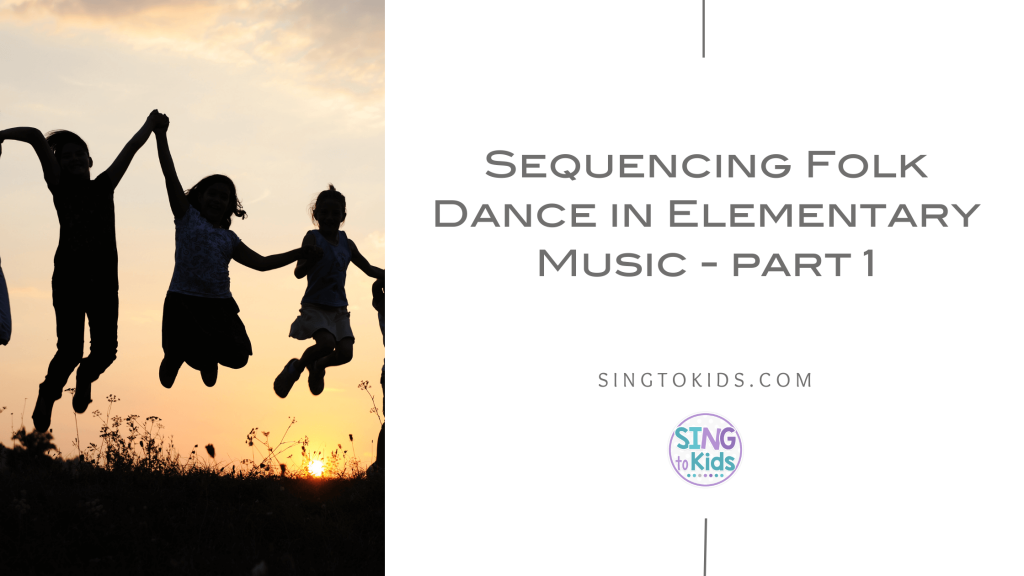


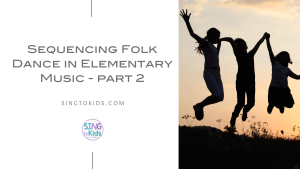
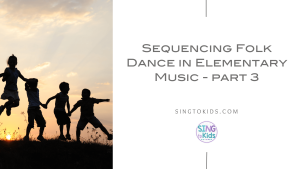
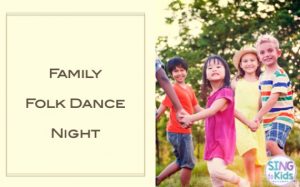
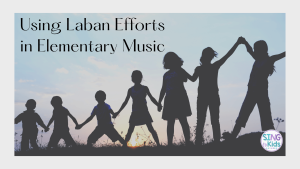
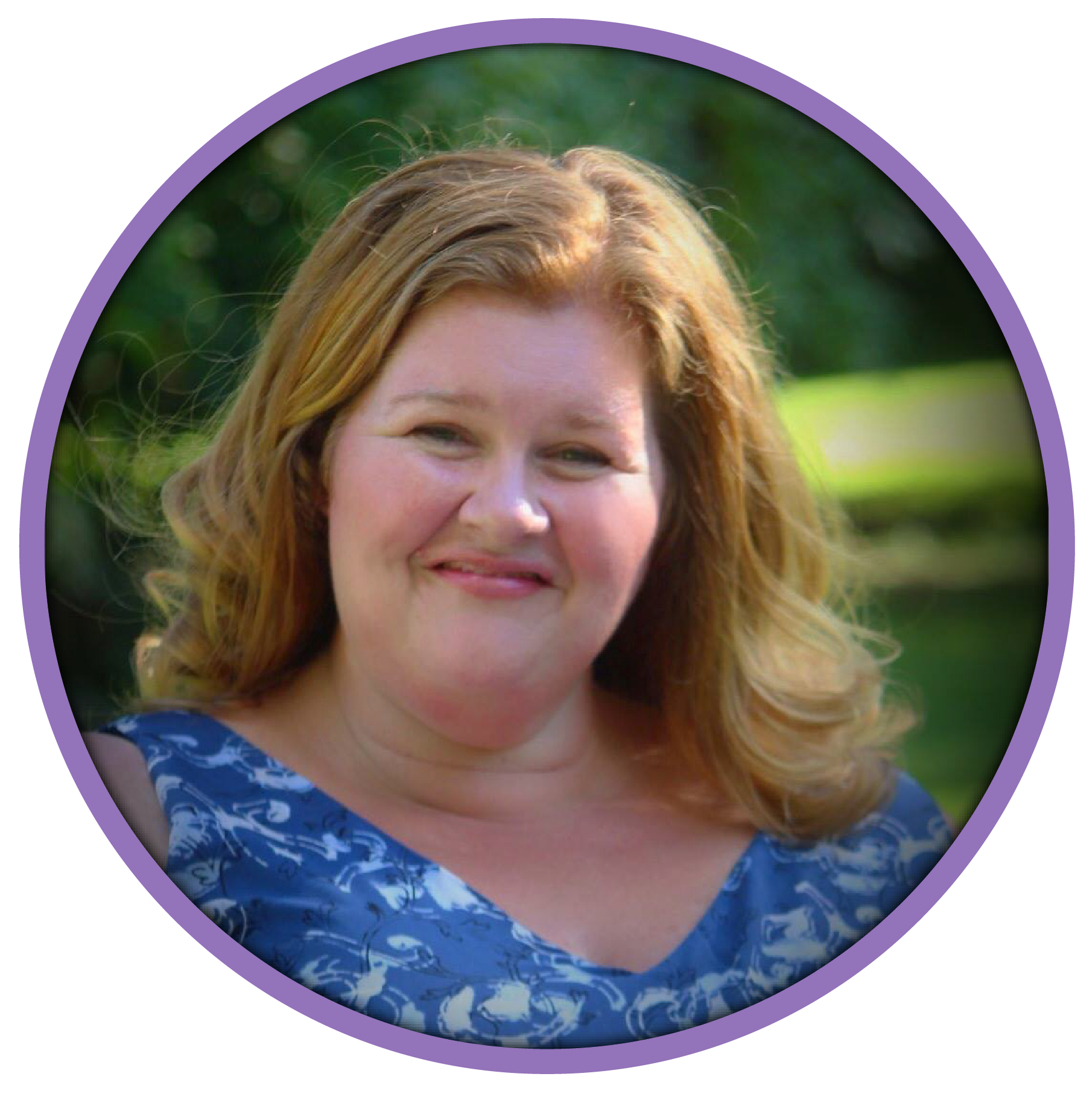
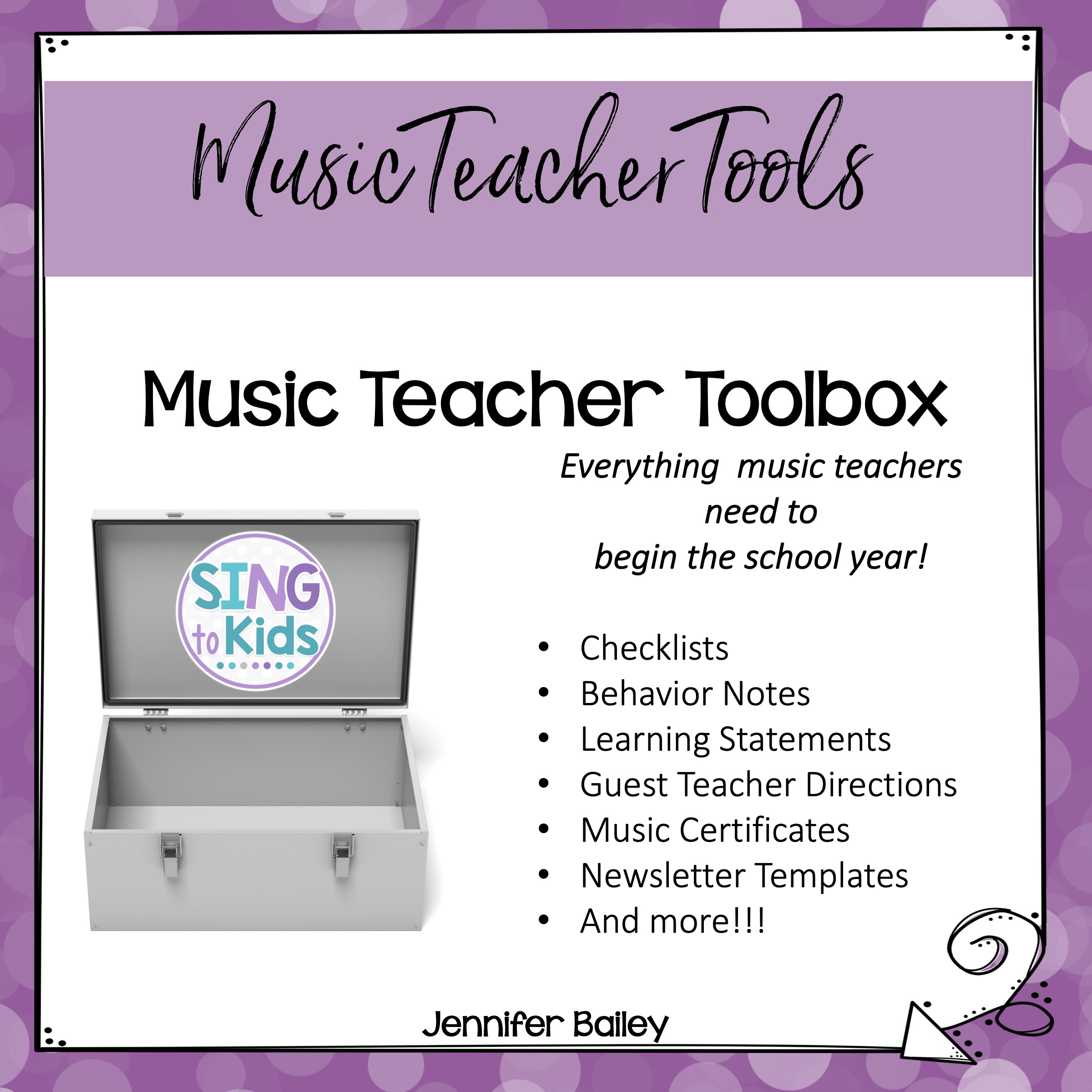

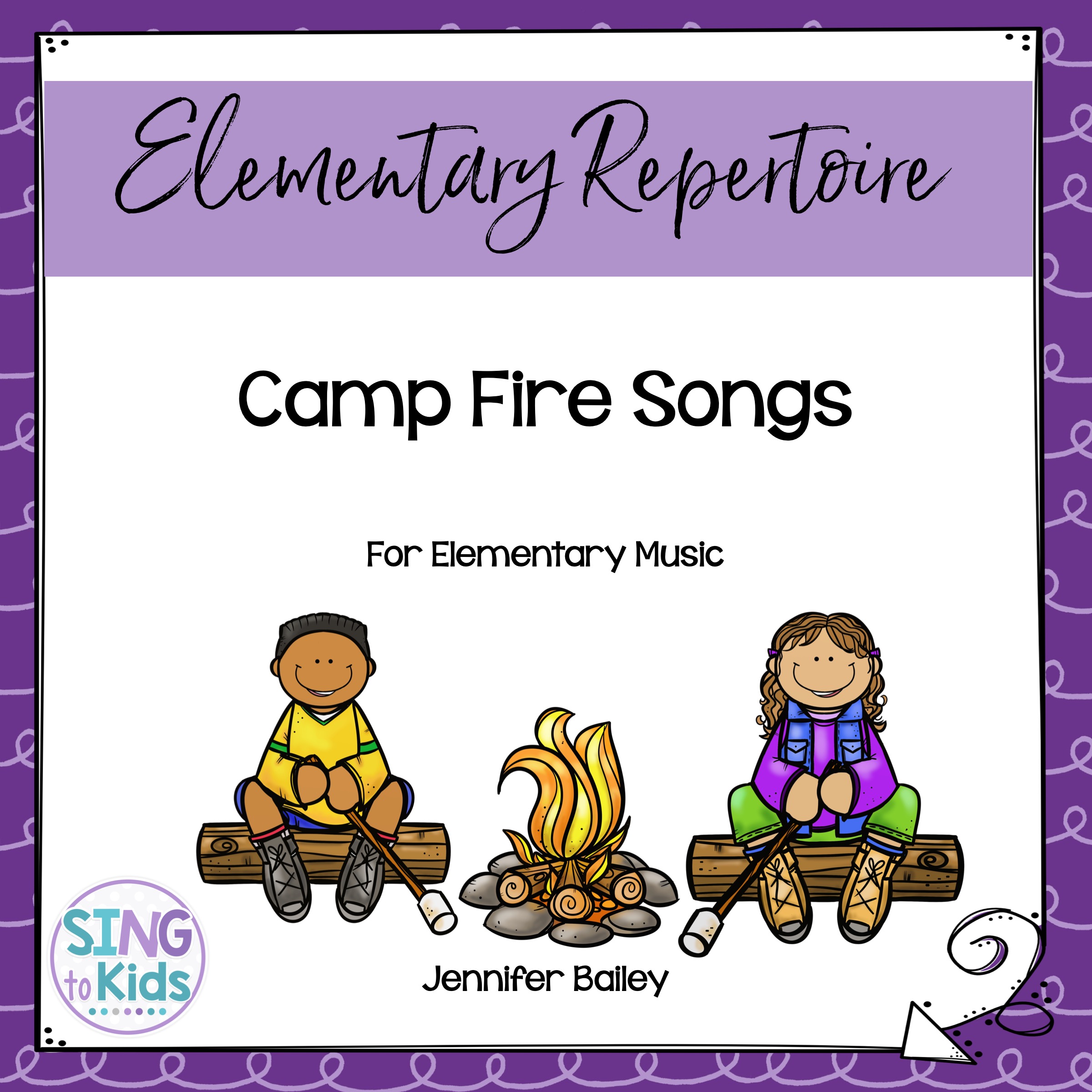
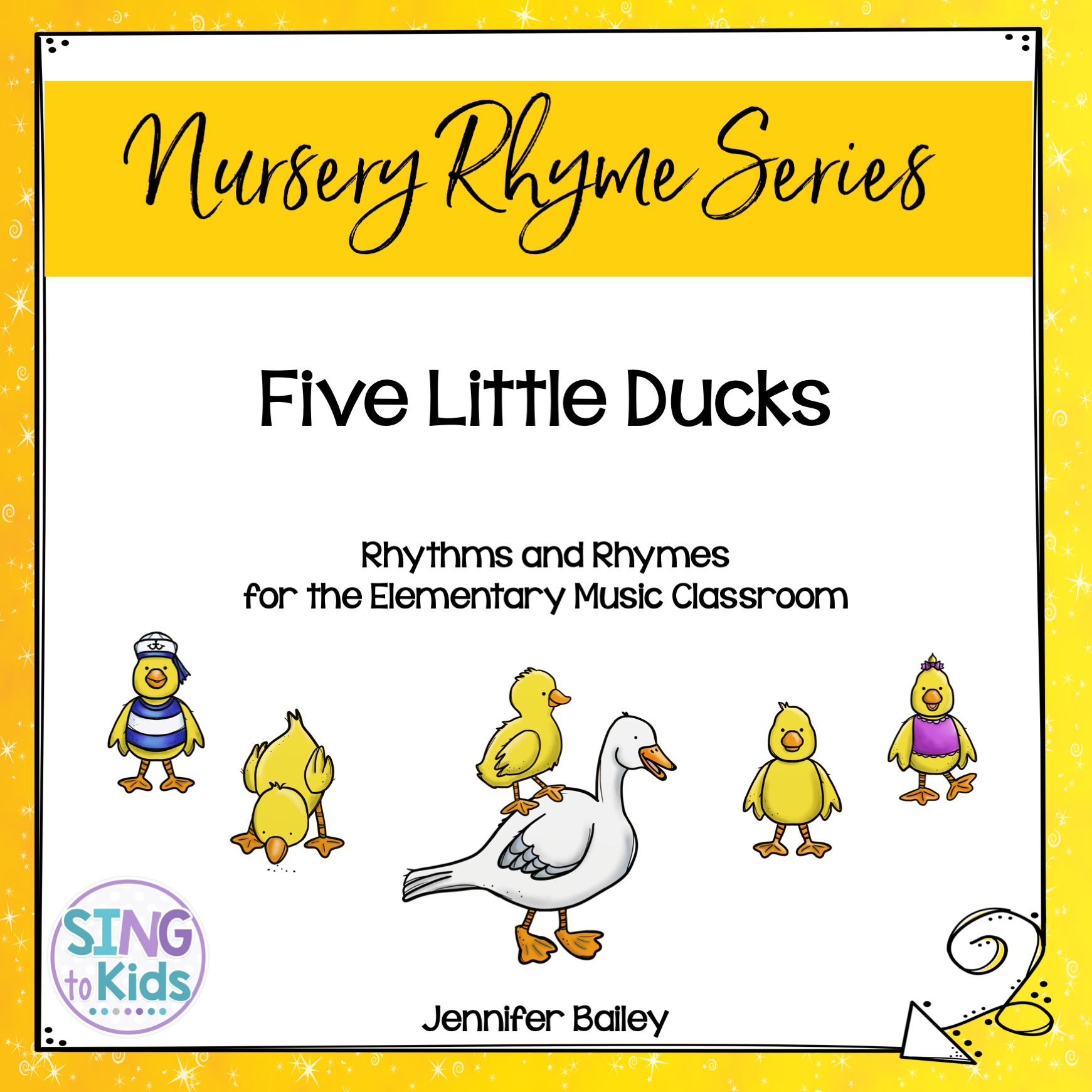
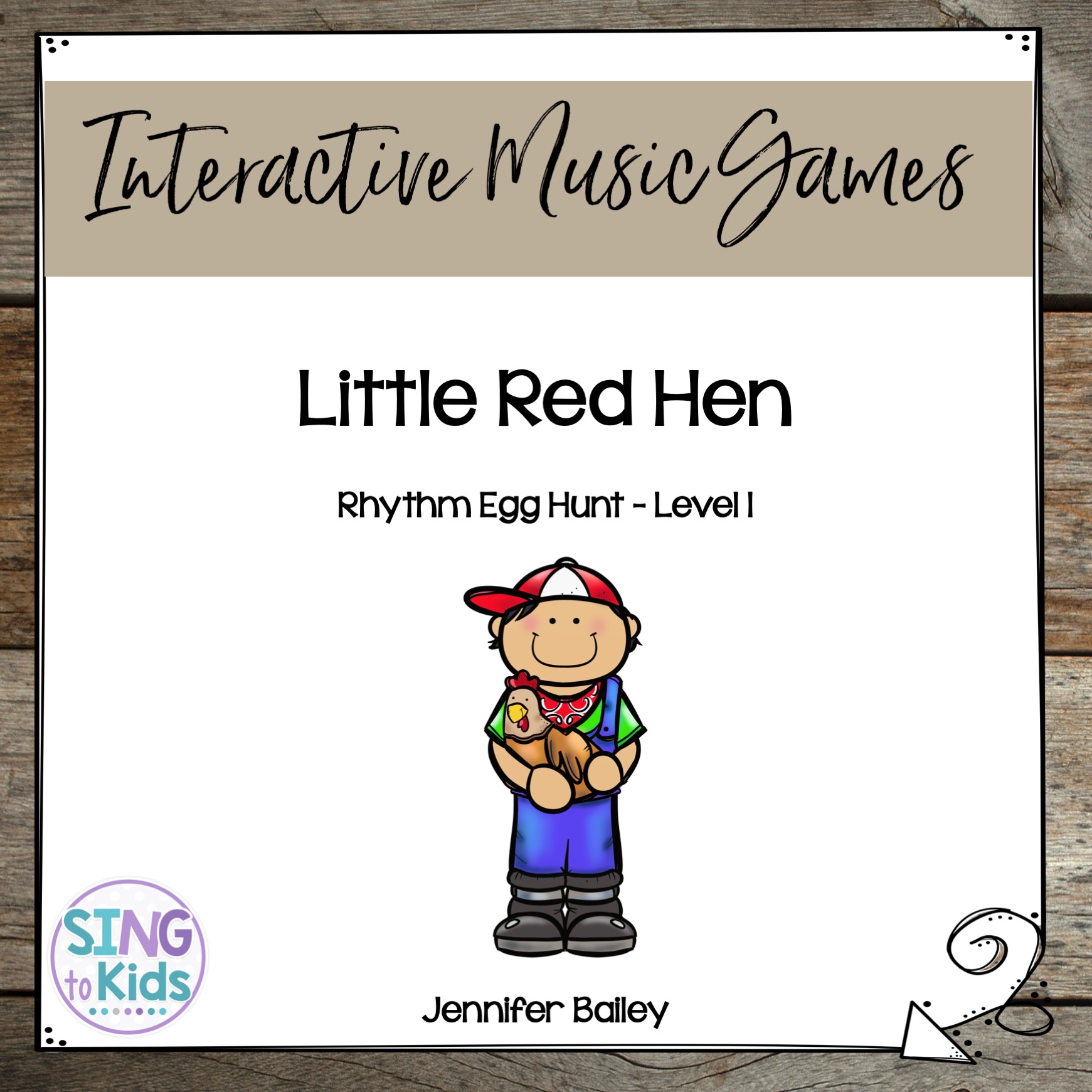
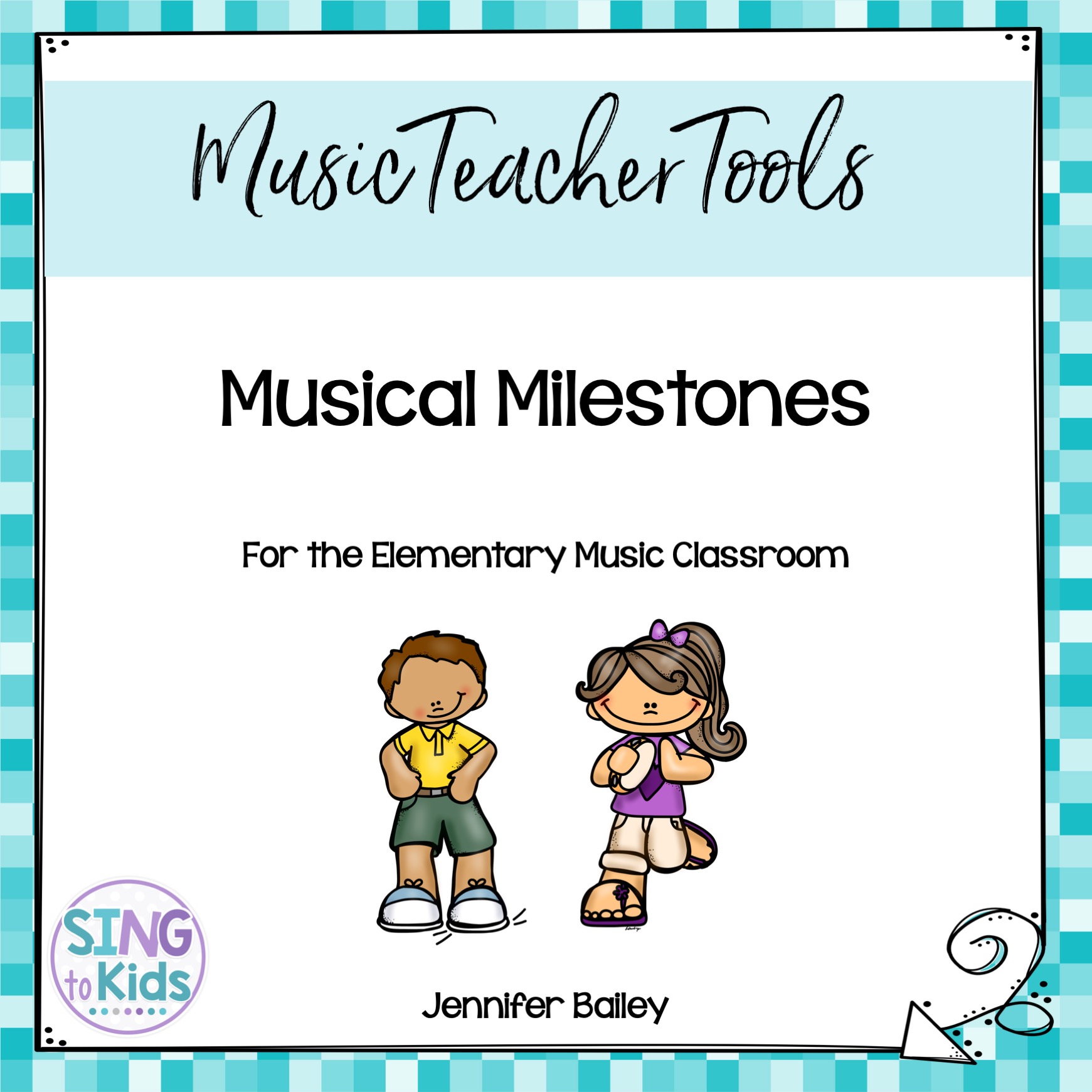
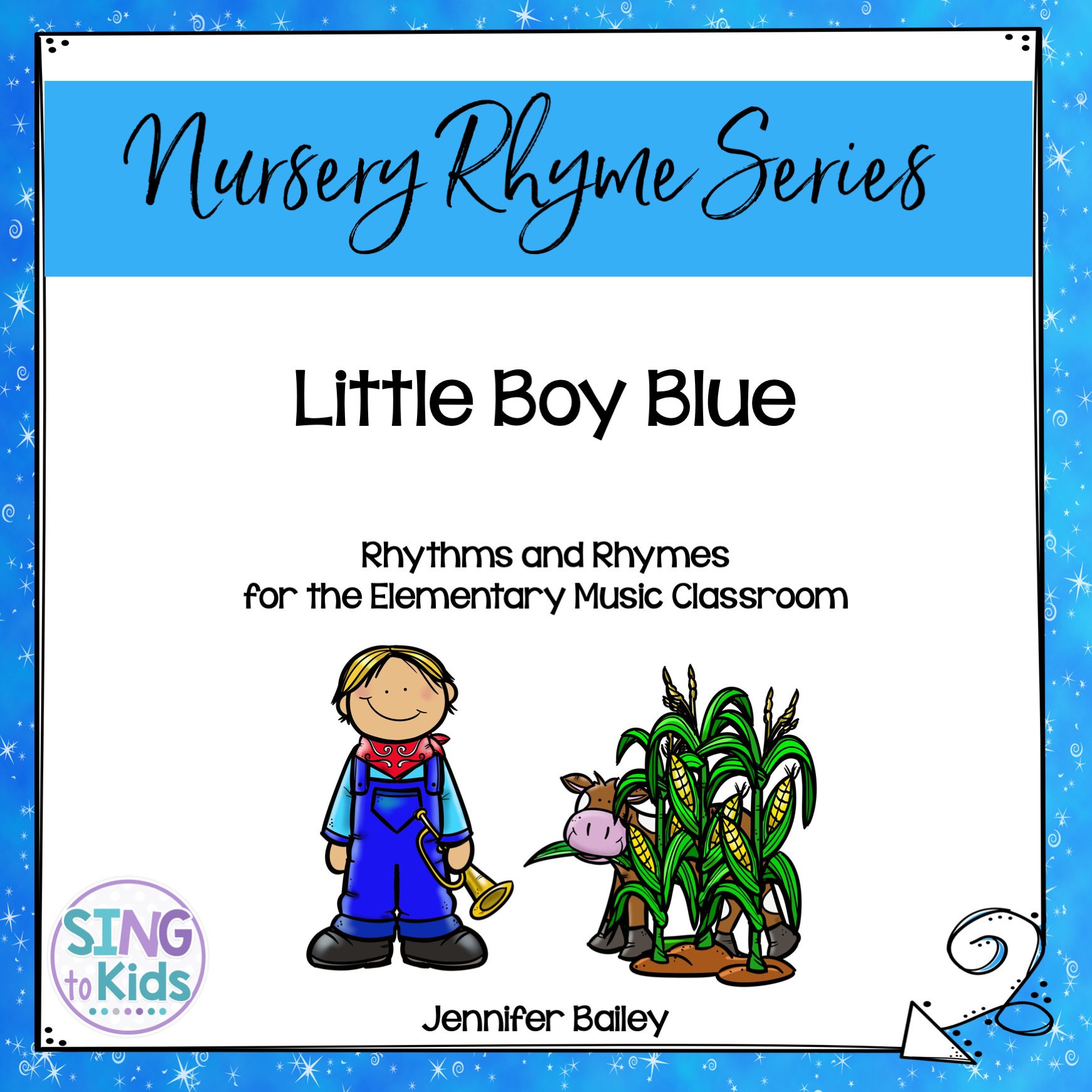
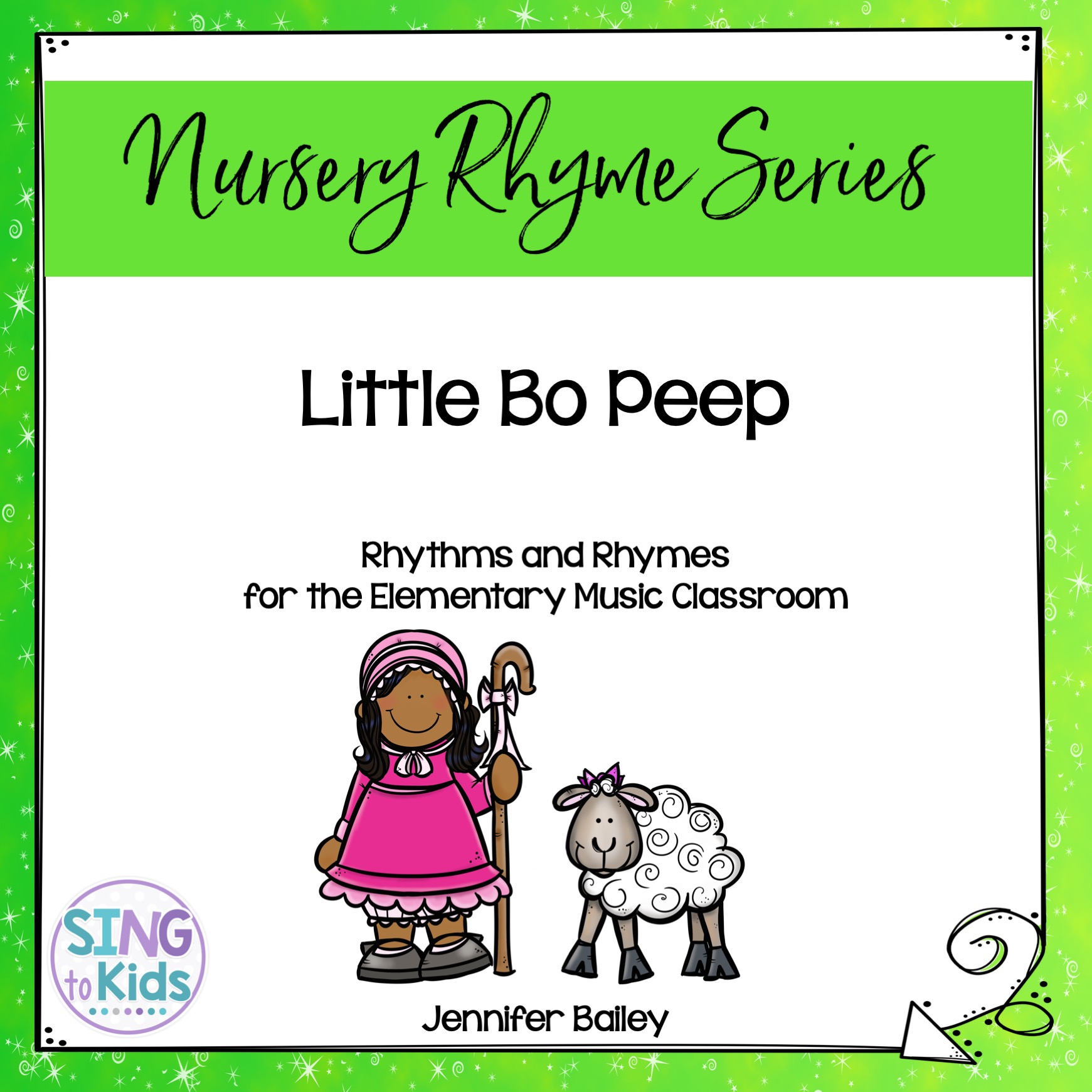
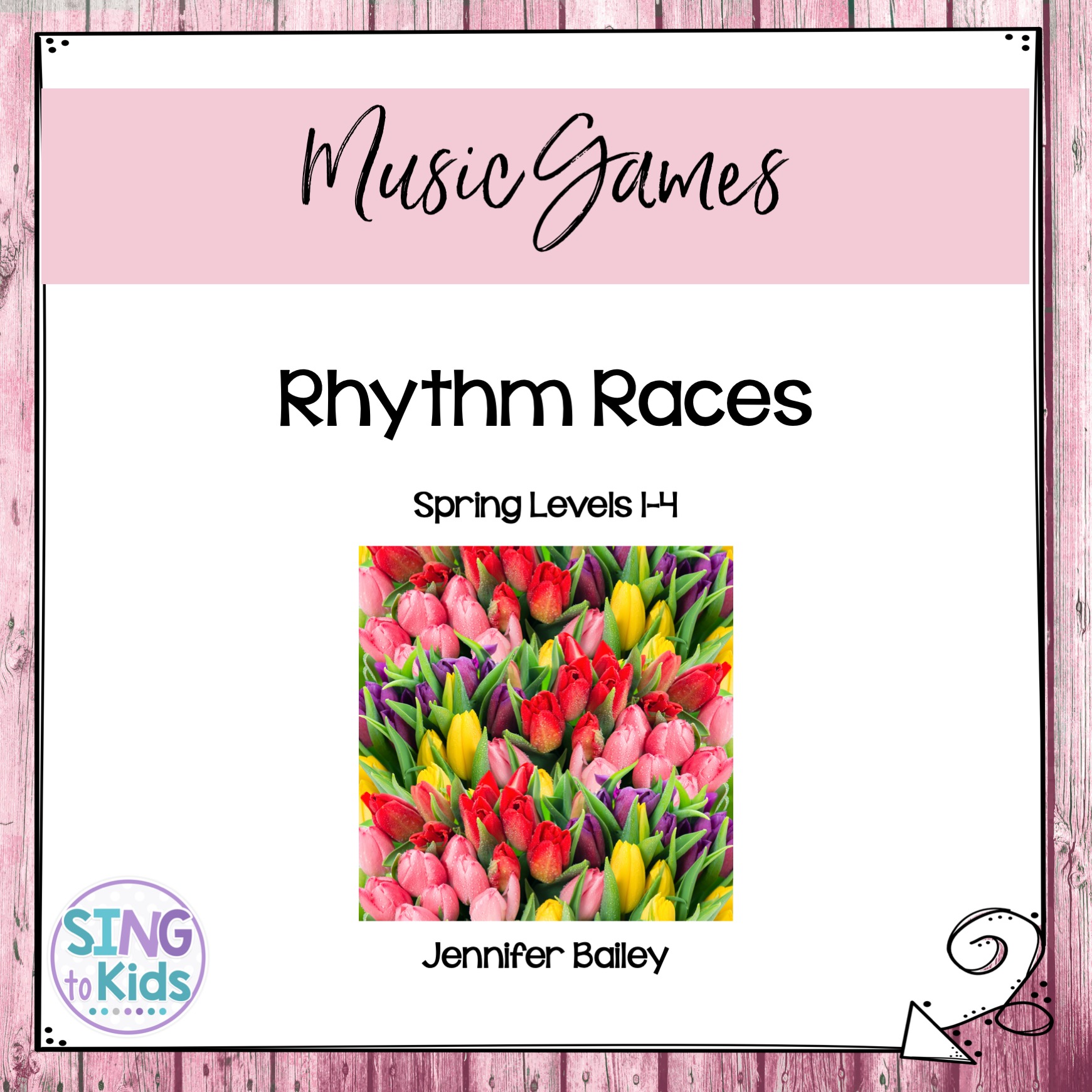
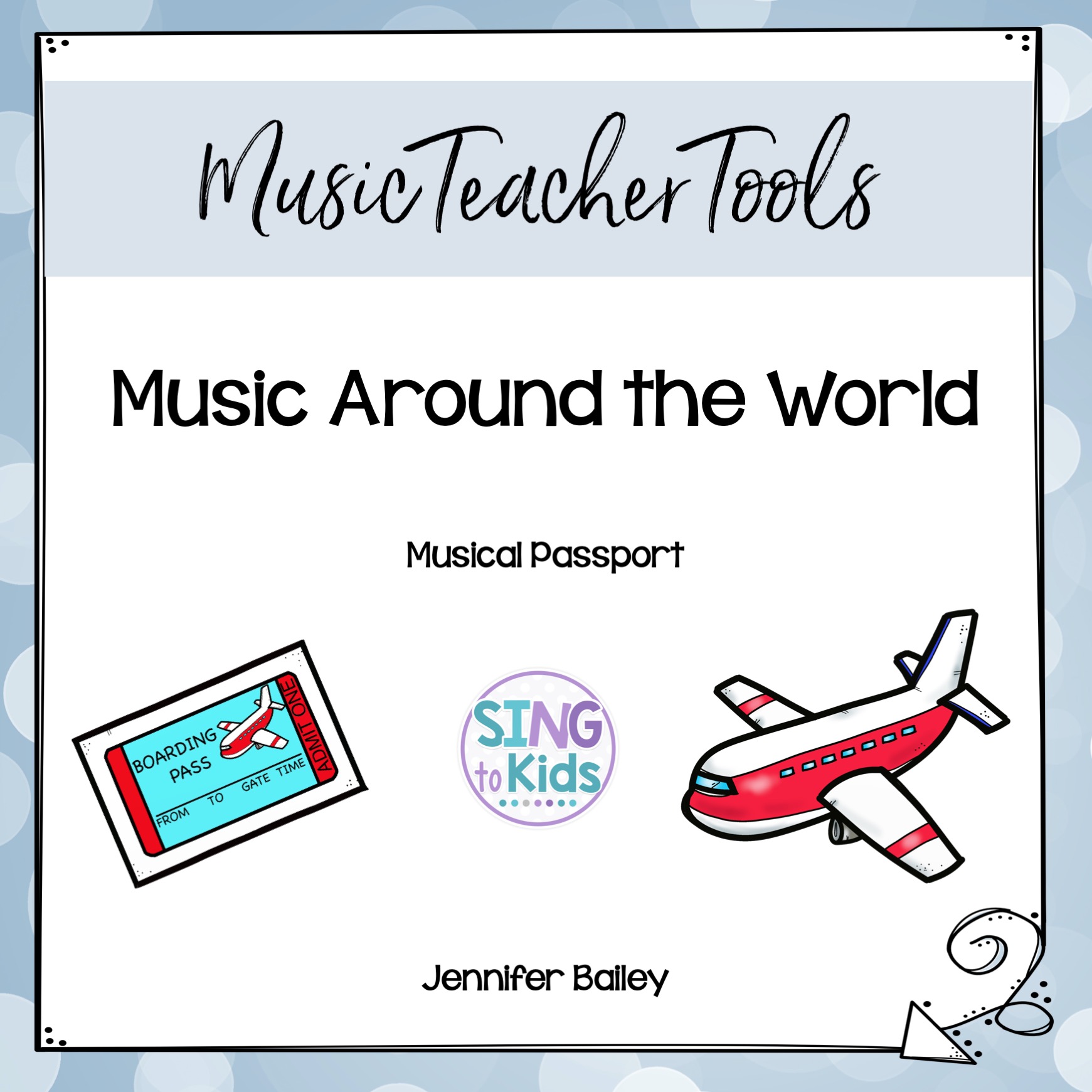
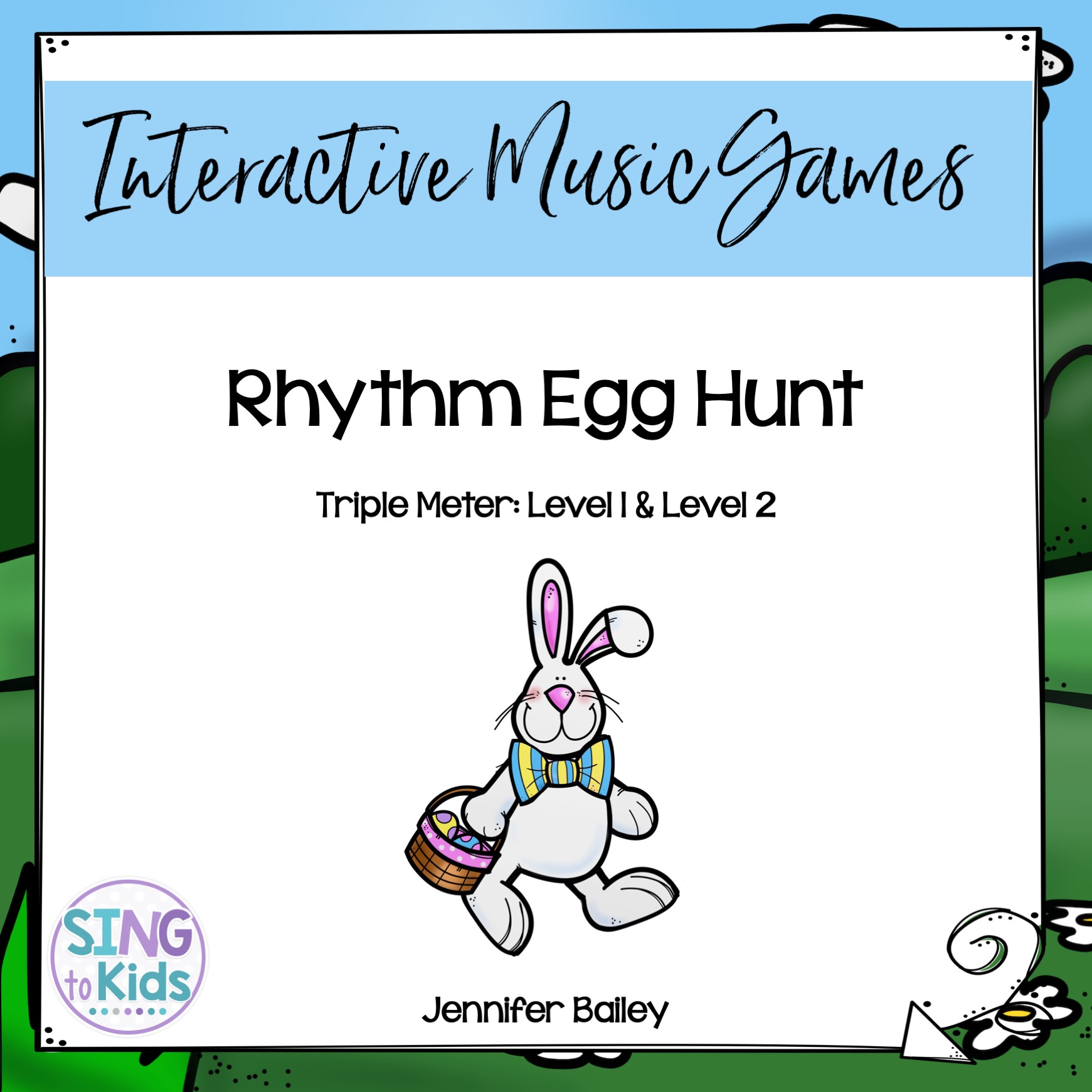
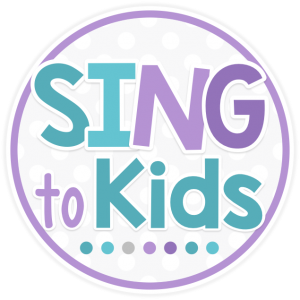

Hey people!!!!!
Good mood and good luck to everyone!!!!!